Port Adelaide’s British Hotel is the longest continuously licensed hostelry in the Port, and also the only remaining pub on North Parade. Established in 1847, the hotel underwent several changes in ownership and appearance before closing its doors for a number of years towards the end of the twentieth century. In 2009, the British Hotel was acquired by new owners and underwent extensive renovation. It re-opened the following year and currently operates as a restaurant and live music venue in addition to its traditional role as a drinking establishment.
Early Years
The British Hotel first opened its doors in March 1847. It was built at the intersection of North Parade and Nelson Street and managed by James Wakeling, a retired seaman who owned and operated another drinking establishment, the Port Tavern, between 1843 and 1847. Following the Port Tavern’s destruction in the great fire that swept Port Adelaide on 30 January 1847, Wakeling rebuilt what remained as the British Hotel. He was granted a publican’s general license by the South Australian colonial government on 24 March 1847 and began conducting business shortly thereafter.
A two-storey structure located on Nelson Street immediately behind the British Hotel served as the hotel’s livery stable for a number of years. The building is thought to have been constructed in 1841 from bricks imported from Great Britain, and featured a steep, peaked roof of slate shingles. It is visible just to the left of the British Hotel in a sketch of Port Adelaide’s waterfront by artist Samuel Calvert. Remnants of the quarters used by the ostler (the individual responsible for looking after the hotel patrons’ horses) were still present when the building was demolished in July 1924.
Changes in Appearance, Surroundings and Ownership
During the 1850s and 1860s, the British Hotel’s outward appearance changed very little. Located a literal stone’s throw from the Port River’s high water mark, it was often frequented by ferry operators, watermen and other maritime workers. According to local lore, small boat operators would imbibe in the hotel’s front doorway while holding the painters (short towing or tying-up lines) for their respective watercraft, which were floating in the river a short distance away. However, as the Port’s waterfront developed and expanded via land reclamation and the construction of wharves and other infrastructure, the distance between the British Hotel and the river steadily increased. By the end of the nineteenth century, it was approximately 50 metres from the water and well above the high-tide mark.
Wakeling sold the British Hotel to William Mart in 1849. The hotel was managed by John William Wakeling and Mary Ferrers between 1859 and 1863. Ownership then passed to Sir Henry Ayers, who nominated James Ralph Russell publican. Under Ayers’ direction, the British Hotel underwent extensive renovation and expansion between 1876 and 1878. The work was carried out by Messrs Williams and Cleave and included the addition of a second storey with a balcony and verandah. Its twenty rooms included a bar, taproom, and kitchen, as well as ten bedrooms and three parlours. In 1877, Ayers sold the property to Russell, whose sons James Thomas, Arthur, and Walter took successive turns as publican between December 1870 and March 1881. Robert Long, Frederick Gutteridge and Thomas Harvey subsequently managed the hotel until July 1885, when Walter Russell again assumed control.
Russell served as publican until March 1907, when John McGrath became a licensee and operated the establishment under the name ‘McGrath’s British Hotel’. Following McGrath’s death in 1932, his daughters Elizabeth and Esther joined forces to run the business because legislation enacted in 1908 (the Licensing Act) prohibited single women from holding a publican’s license. In 1935, an amendment to the law was put before the Legislative Council and accepted. The result was that Esther McGrath was granted a publican’s license the following year and assumed sole responsibility for McGrath’s British Hotel. In doing so, she became South Australia’s first independent female hotel operator following repeal of the 1908 Act. The Russell family sold the hotel to the South Australian Brewing Company in 1937, but it remained under the direction of Esther McGrath until 1952, when Harry Crabb and Harold Garrett became licensees. Several more individuals would assume management of the property between 1964 and 1993.
Recent Years
The British Hotel experienced a decline in business during the latter half of the twentieth century, and was eventually forced to close its doors for a number of years. In 2009, the property was the subject of a renovation effort that won the ‘special project’ category of the City of Port Adelaide Enfield’s inaugural Heritage Awards. The hotel re-opened in 2010 and currently serves as a pub and restaurant, as well as a function centre and venue for live music.


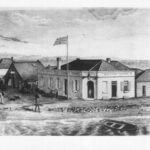

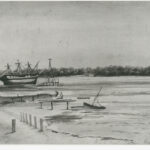
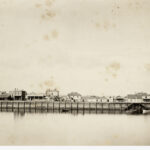
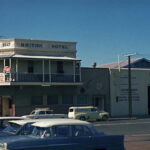
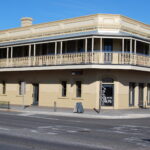
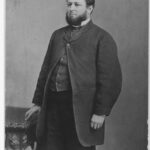

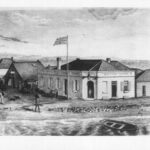
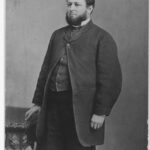
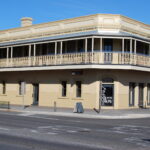
Comments